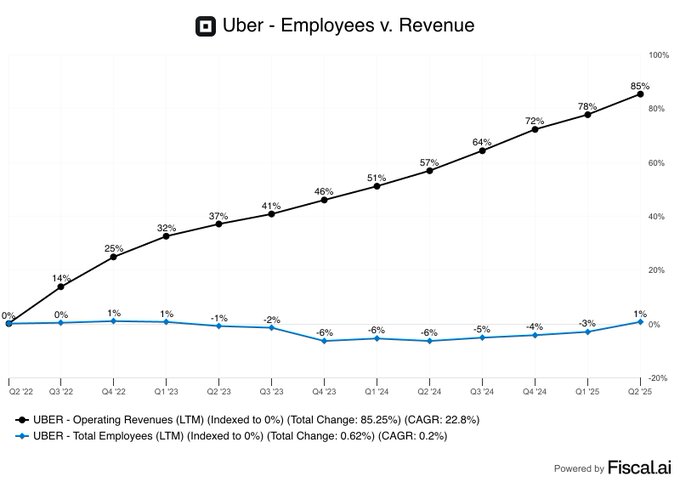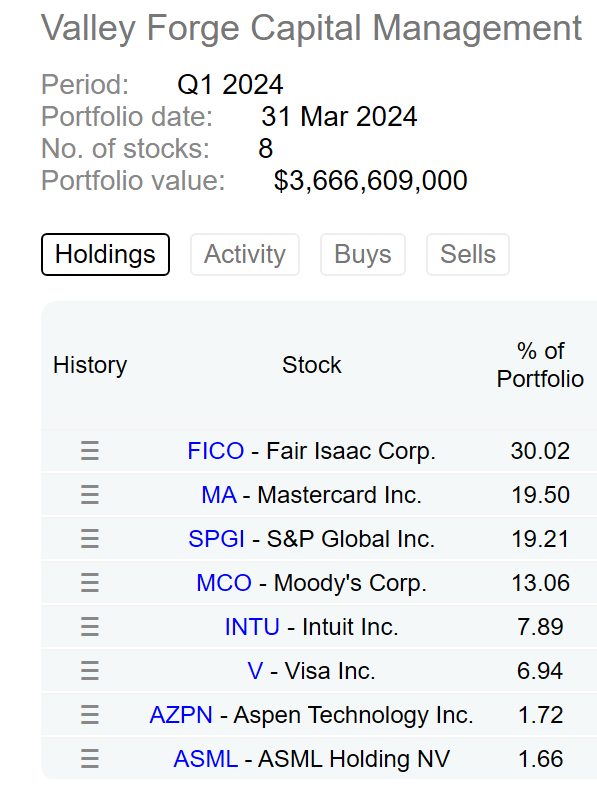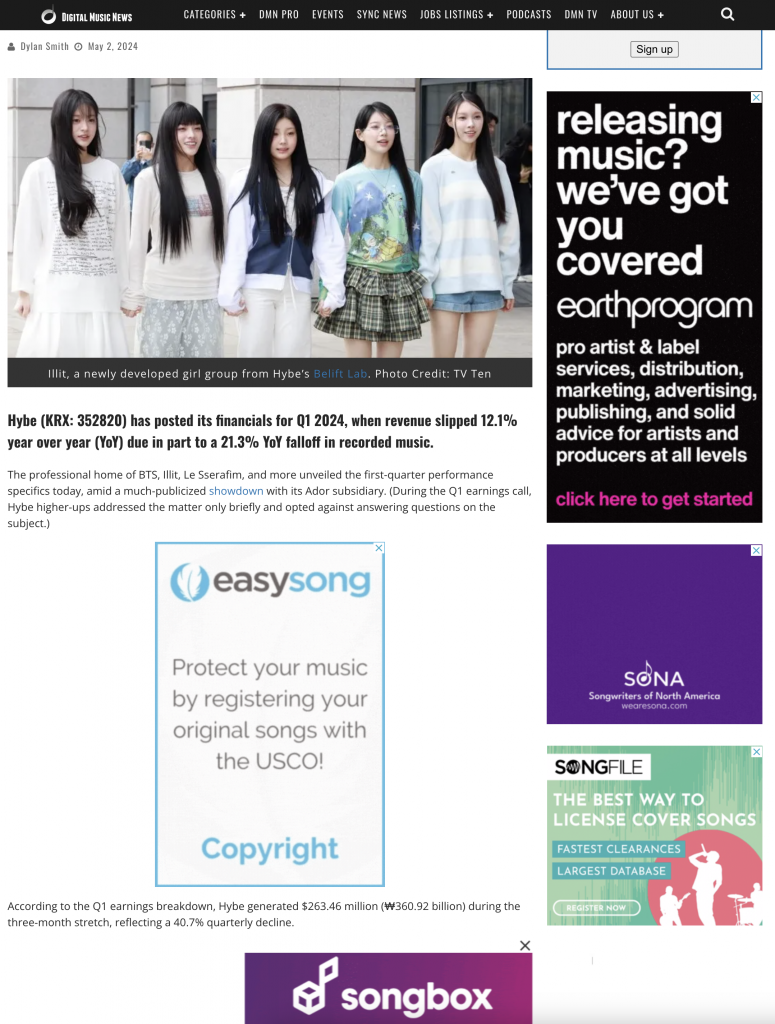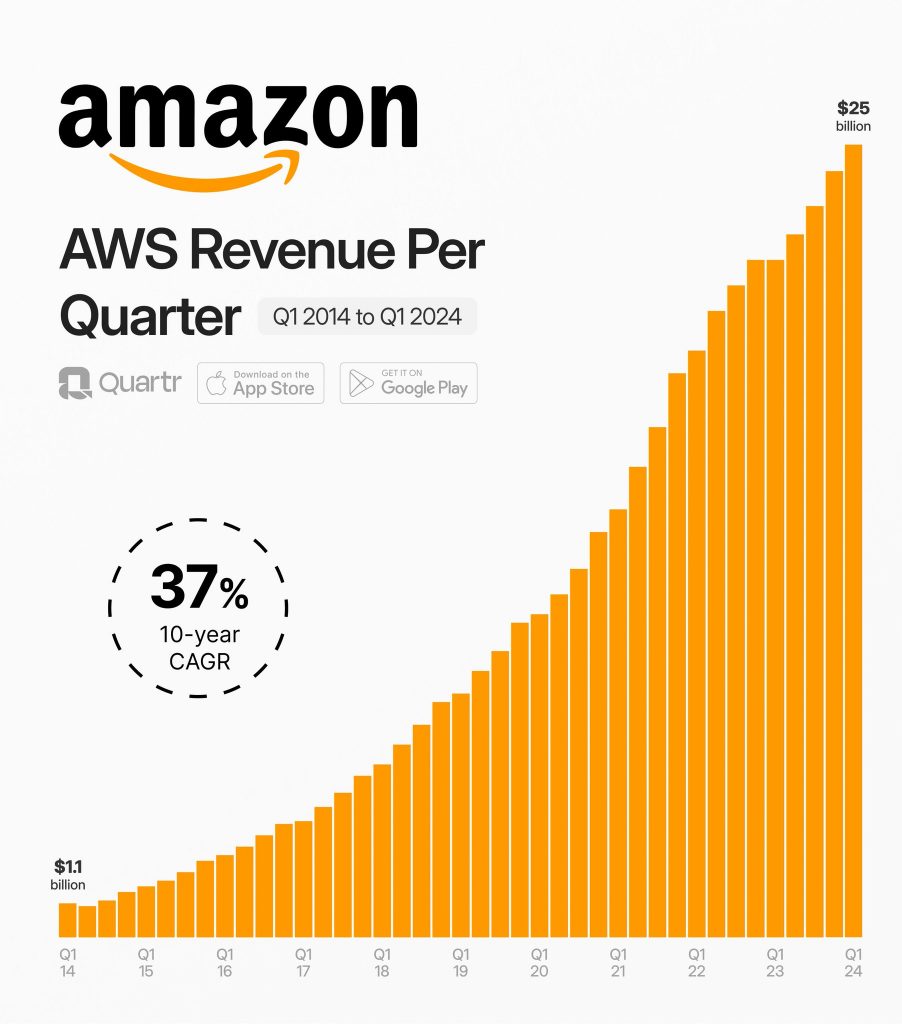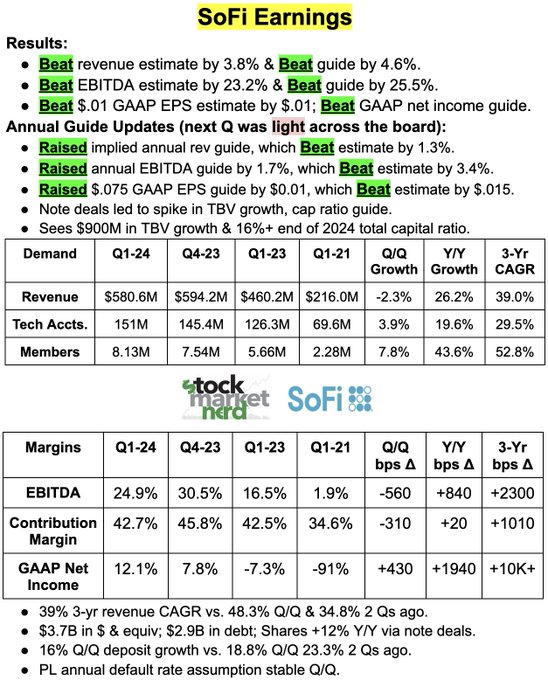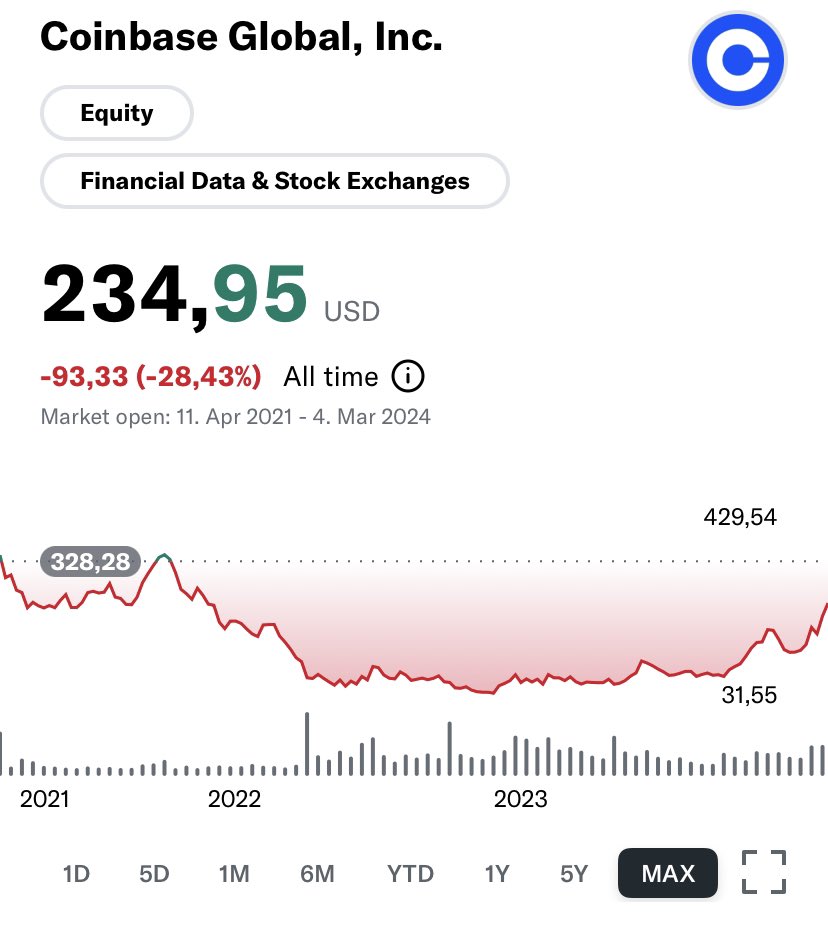NIO plans to start selling the first model under a mass-market brand as early as September, according to founder and chief executive William Li. The production cost for these new electric vehicle models would be 10% less than that of Tesla’s Model Y. Li told investors on Tuesday that this would give NIO “better flexibility” in pricing its first model, codenamed Alps, which will feature battery-swapping technology. This advantage is due to China’s well-developed EV supply chain and NIO’s extensive research and development efforts over the years.
Li suggested that the luxury EV manufacturer might adopt a more aggressive pricing strategy to compete with rivals in the segment. The new brand will primarily target Chinese families and prioritize volume sales, while NIO’s original brand will continue to focus on gross margin.
In 2023, the net loss of the Shanghai-based company increased to RMB 20.7 billion ($2.9 billion) from RMB 14.4 billion the previous year, while its revenue grew by approximately 12.9%. NIO’s stock ended the day at $5.48, a 2.8% increase.
